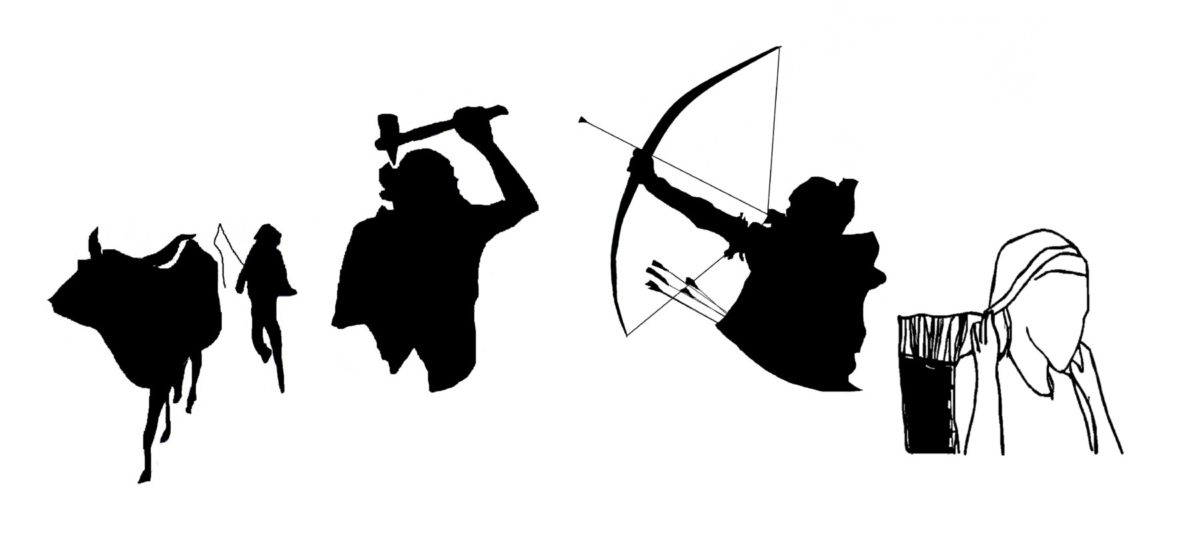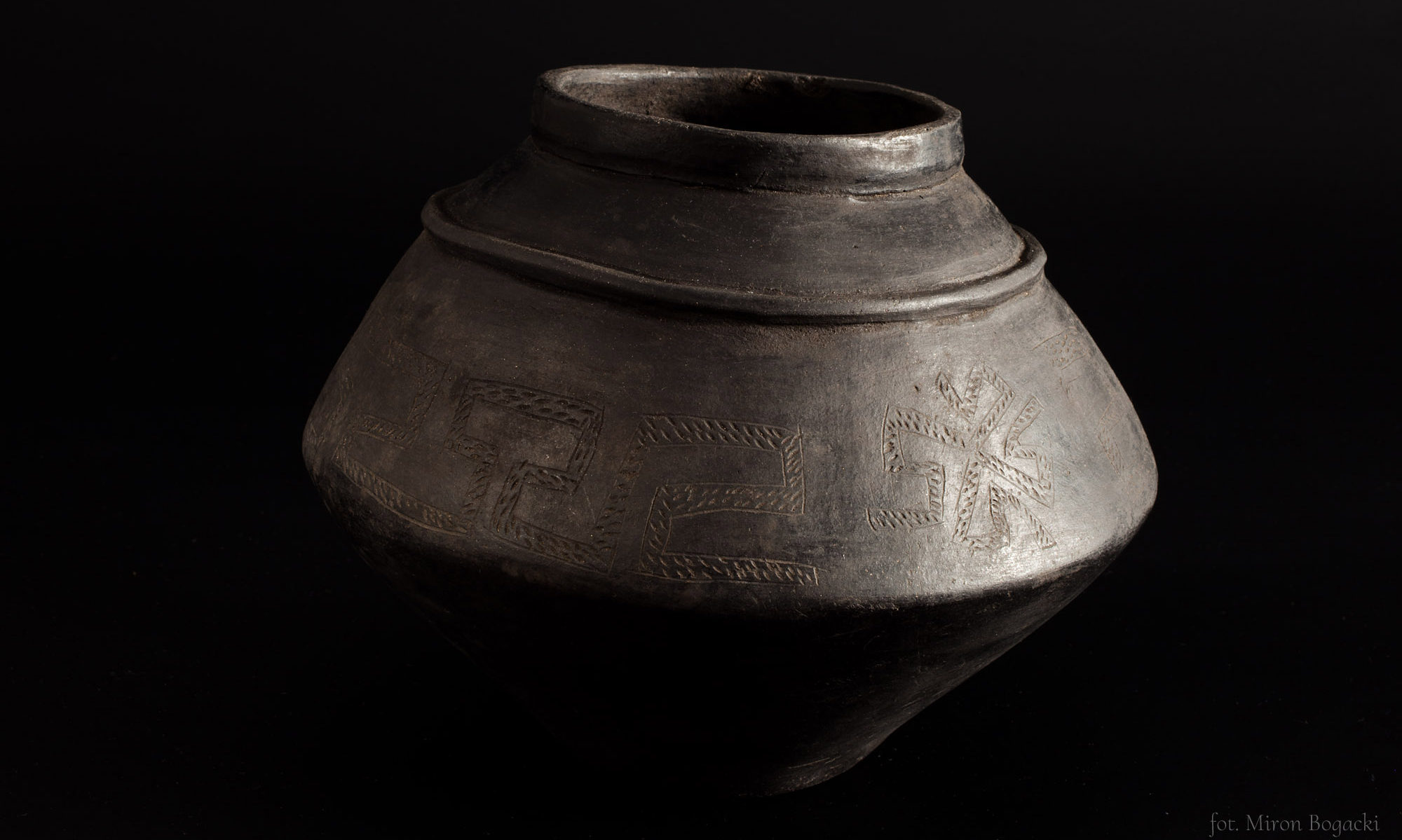
Hunter-gatherers, farmers and breeders
– social and cultural interactions in Central and Eastern Europe
Dear Colleagues,
We are pleased to invite you to participate in the session: Hunter-gatherers, farmers, breeders – social and cultural interactions in Central and Eastern Europe, combined with scientific workshops, which will take place on 9-11 December 2019 as a part of the International Archaeological Jubilee Conference “Przeszłość ma przyszłość!/ The Past Has a Future” celebrating the 100th anniversary of archaeology at the University of Warsaw.
The issue of the relationship between hunters-gatherers and farmers and breeders, who functioned side by side in Europe, has long been of interest to archaeologists. The evidence of the contacts taking place are, among others, ceramic vessels and stone, flint, amber and bone artefacts found in various contexts in the European lowlands. However, apart from the raw material, technological and stylistic premises, there is much more evidence of mutual relations.
Due to the simultaneous existence of many different cultural units from the early Neolithic (Linear Pottery Culture) to the early Bronze Age (Trzciniec Cultural Circle), based on different modes of subsistence, the territory of Central and Eastern Europe seems to be particularly relevant.
The aim of the conference session is therefore to identify and investigate the socio-cultural interactions between the economically diverse groups that existed in Central and Eastern Europe in the Neolithic and Early Bronze Age, to define the origins and consequences of these interactions and to review their analogy with such a vast territory.
We invite archaeologists, as well as researchers of other fields and disciplines, who want:
– to emphasize the results of classical material research in socio-cultural considerations,
– to extend far beyond the boundaries of typological and chronological research,
– to present the results of archaeological research and other analyses of interdisciplinary scope, extremely important for the dynamics of socio-cultural transformations,
– to discuss the matter of interactions from a methodological perspective.
The aim of the session will be to present the results of current research, to have a discussion and to attempt to answer the following questions:
– Did the interaction between hunter-gatherers, farmers and breeders take place in the Neolithic and early Bronze Age in Central and Eastern Europe and what indications are there of this?
– What were the causes of the interactions?
– How did these interactions proceed?
– What were the consequences of these interactions?
– Did the interactions proceed in the same way everywhere?
We are counting on a lively discussion.
Organizers of the thematic session,
Dariusz Manasterski
Katarzyna Januszek
Aleksandra Klecha
Important information
Language of the session
Polish, English, Russian.
Format of the session
Standard paper session (15-minute paper)
Abstract
Should contain up to 300 words in the language of the presented paper
Publication of the papers
It is planned to publish the papers as articles in the publishing series of the Institute of Archaeology of the University of Warsaw – ŚWIATOWIT Supplement Series P
Deadline for registration and submission of abstracts
30 September 2019
The programme
9th of December – Scientific Session: Hunter-gatherers, farmers, breeders – social and cultural interactions in Central and Eastern Europe.
10th of December – Workshop on Archaeometry and Material Studies. Selected aspects of methods and specialist research on archaeological records and autopsy of selected artefacts.
We invite all to actively participate in the workshop.
11th of December – for those willing to take an unusual trip around Warsaw “Off the Beaten Path trip”, additional fee (139 PLN)
Registration fees
No conference fees are planned by the organizers.
Additional information

